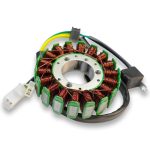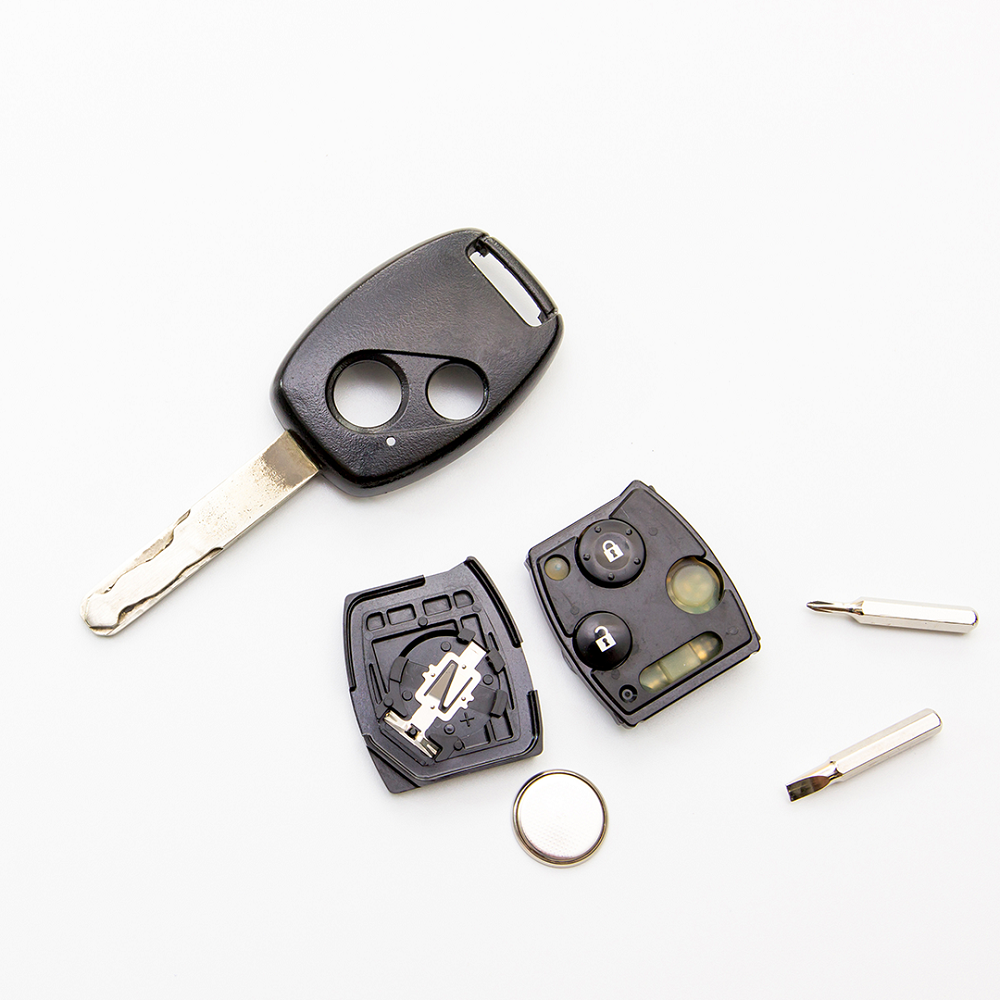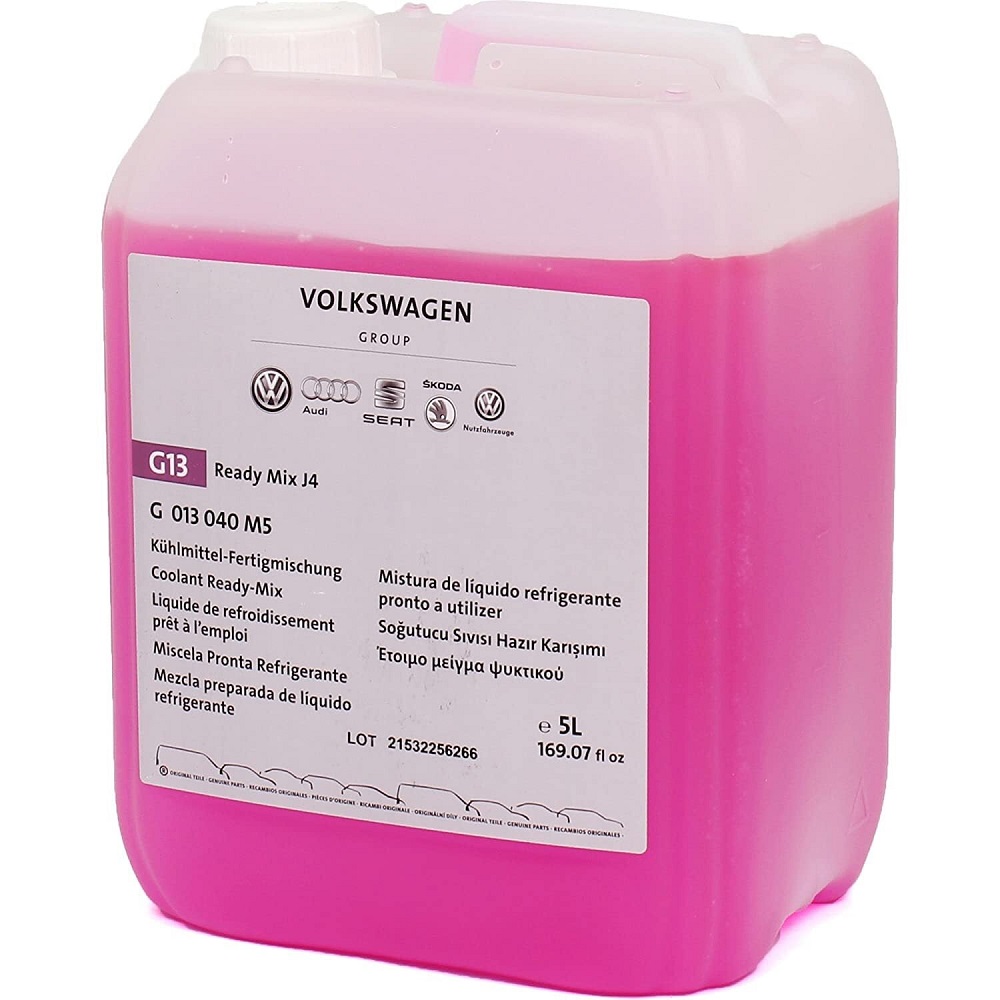Car keys have evolved over the years from simple mechanical keys to complex electronic fobs equipped with advanced technology. While this evolution enhances convenience and security, it often comes with the need for occasional battery replacements. A dead battery can lock you out of your vehicle or prevent your keyless entry system from working properly. This quick guide will walk you through the essential steps to replace your car key battery efficiently and effectively.
Understanding Your Car Key
Types of Car Keys
Before replacing the battery, it helps to recognize the type of car key you have. There are several varieties, including traditional keys, remote key fobs, and smart keys. Traditional keys merely unlock the doors and start the engine, while remote key fobs allow you to lock/unlock your doors from a distance. Smart keys take it a step further, enabling keyless entry and ignition. Understanding the type of key you have is crucial, as different types may require different battery replacement methods and battery sizes.
Common Signs of a Low Battery
Before assuming your key battery is dead, look for some common signs that indicate it might be time for a replacement. If your key fob is unresponsive or if you have to press the buttons multiple times to unlock the doors, the battery may be running low. Additionally, if you notice your key functioning inconsistently, for example, only working when held close to the car, it’s likely that a battery replacement is necessary. Being aware of these signs can save you from being stranded unexpectedly.
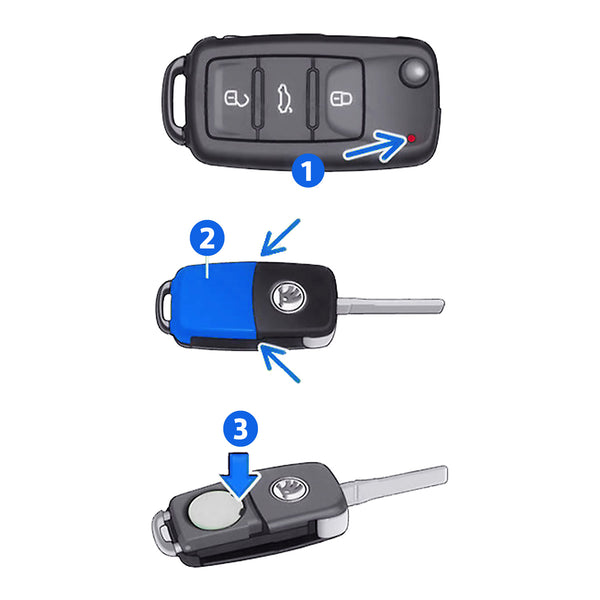
Gathering the Necessary Tools
Essential Tools for Battery Replacement
Before diving into the battery replacement process, gather all the necessary tools to ensure a smooth experience. Typically, you will need a small flathead screwdriver or a coin. A new battery, usually a CR2032 or CR2025, depending on your car key model, is essential. Make sure to check your owner’s manual or search online to confirm the correct battery size for your specific make and model. Having everything on hand prevents you from running around mid-process, saving you time and frustration.
Working in a Suitable Environment
Choose a well-lit workspace for the replacement process. A clutter-free environment will help you avoid losing tiny parts like screws and batteries. If you’re working outdoors, be mindful of wind or loose dirt, as these can make it difficult to keep the components organized. Working indoors on a stable surface helps ensure you can focus entirely on the task without distractions.
Opening the Key Fob
Locate the Notch or Groove
Most fobs feature a small notch or groove that allows you to pry them open. Carefully examine your key fob to locate this area. It’s often located along the seam or edge where the two halves of the fob meet. If you can’t find a notch, refer to your owner’s manual for guidance.
Prying Open the Fob
Once you identify the notch, use your flathead screwdriver or coin to gently pry the fob open. Insert the tool into the notch and apply gentle pressure to avoid damaging the casing. Take your time; rushing this step may result in cracking the fob. If you’re experiencing difficulty, try to wiggle the screwdriver a bit to create more space, then continue to pry it open.
Removing the Old Battery
Identifying Battery Placement
After opening the key fob, take a moment to observe how the battery is positioned. Note the positive (+) and negative (-) terminals and how the battery fits into the holder. This observation helps you place the new battery correctly later on. Many fob designs may have a retaining clip or other obstacles, so be mindful of these components as you remove the battery.
Safely Extracting the Battery
To remove the old battery, gently push against it or lift it out using the flathead screwdriver. Avoid using excessive force, as this may damage the internal components of the fob. If the battery appears stubborn, using a bit of gentle wiggle can help. Make sure to dispose of the old battery responsibly; some stores offer battery recycling programs, which is a wise choice for environmental consciousness.
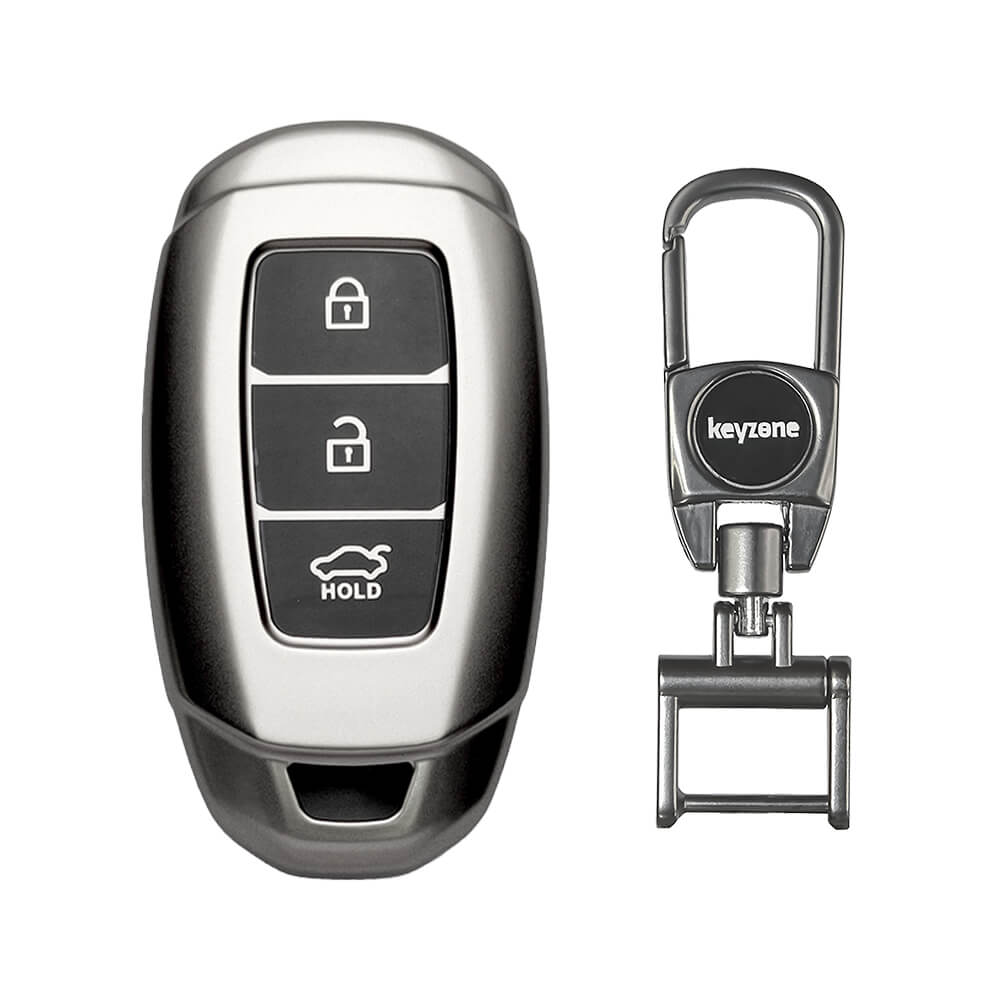
Inserting the New Battery
Positioning the New Battery
Now that you have the old battery removed, it’s time to insert the new one. Ensure the new battery is of the correct size and type. Take note of the orientation, particularly the positive and negative terminals. Insert the new battery into the holder, aligning it properly as per your earlier observations. A well-placed battery ensures the fob works effectively, so take your time during this step.
Testing the New Battery
Before sealing the fob back up, test the new battery to confirm it works. Temporarily close the fob without fully securing it. Press any button on the fob and check for a response. If the locking and unlocking functions work, you can proceed. If it doesn’t work, double-check the battery’s orientation and ensure it is seated correctly. Sometimes, a simple reseat can resolve any issues.
Closing the Key Fob
Aligning the Halves
Once you’ve confirmed that the new battery works, it’s time to close the key fob. Carefully align the two halves of the fob, ensuring that all internal components and buttons are correctly positioned within the casing. Misalignment can prevent the fob from closing properly or affect the functionality of the buttons.
Securing the Fob
Press down firmly around the edges until you hear or feel a click, indicating that the fob is securely closed. If your fob uses screws, use your screwdriver to secure it back in place. Avoid over-tightening, as this can damage the casing. Check the fob once more to ensure it feels solid and that all buttons are easy to press.
Final Testing and Maintenance Tips
Testing All Functions
After securely closing the key fob, test all functions again. Ensure that the unlock, lock, and panic buttons respond correctly. If you’ve replaced the battery successfully, everything should work as expected. It’s advisable to check the fob regularly to ensure it remains functional.
Preventative Maintenance
If you want to extend the life of your key fob, consider a few maintenance practices. Keep the fob away from water, extreme temperatures, and harsh chemicals. Regularly check the battery, especially if you notice any signs of decreased function. Being proactive about maintenance ensures you won’t be caught off guard by an unexpected dead battery.
Embracing Convenience and Readiness
Regularly maintaining your car key fob, including battery replacements, enhances your overall driving experience. A functioning fob offers not just ease of access but also vital security features that protect your vehicle from theft. The satisfaction of reliably unlocking your car at the touch of a button can’t be overstated, especially when juggling bags or carrying children. Additionally, if your car key fob supports features like remote start or panic alerts, ensuring its functionality can be crucial in various situations, from starting your vehicle on a cold morning to alerting others in case of an emergency.

Enjoying Peace of Mind
Replacing the battery in your car key fob is a straightforward process that can save you time and hassle when you’re in a hurry. By following this quick guide, you can ensure you have a functioning key fob that operates reliably when you need it. Take the time to understand your key type, gather your tools, and follow the steps carefully.
With a little effort and the right approach, you can maintain the convenience that modern car keys provide, ensuring you enjoy seamless access to your vehicle. Keep this guide handy for future reference, as knowing how to replace your car key battery can empower you to handle this task with confidence whenever necessary.
